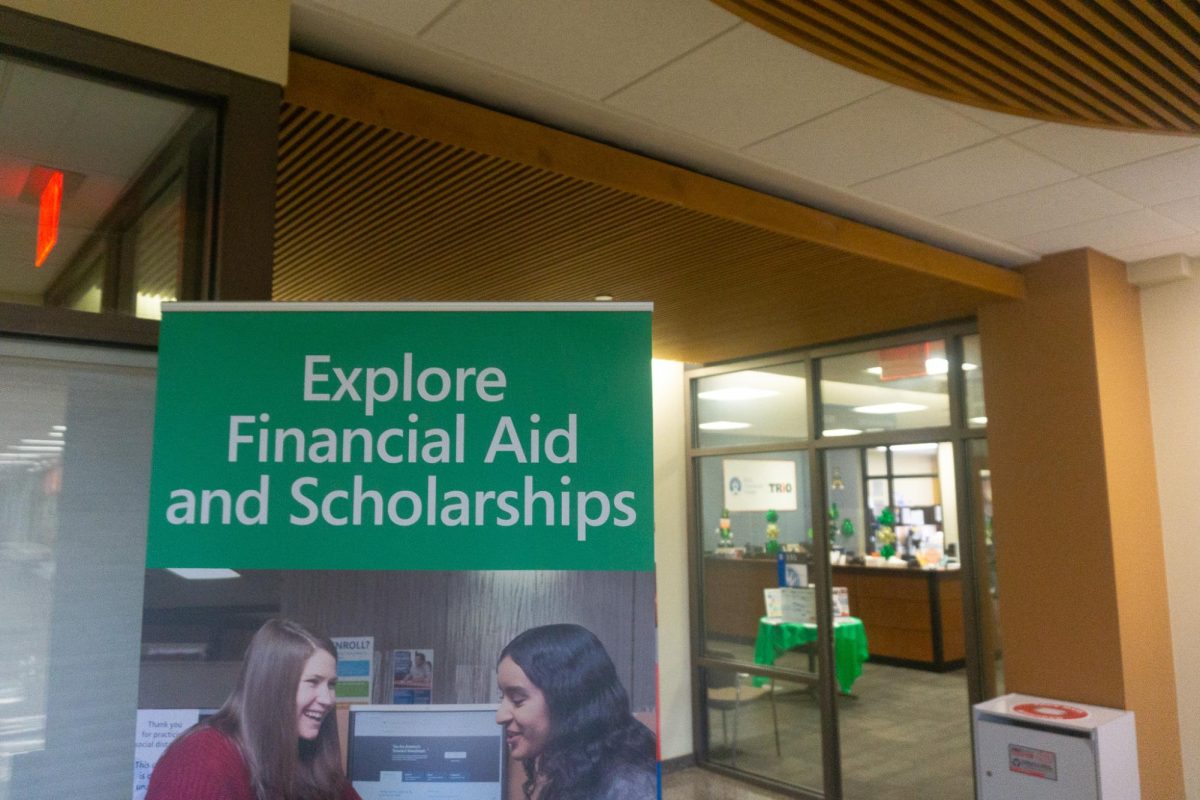This academic year, students will be filling out a brand new FAFSA form.
The Free Application for Federal Student Aid, more commonly known as FAFSA, is a form for students to fill out to apply for federal grants, work-study funds, and loans. According to Federal Student Aid, the new form was designed to be “free and easier than ever,” giving students access to the largest source of aid to help them pay for college or trade school.
In years prior, the FAFSA opened on October 1st for the following academic cycle. This year, the Department of Education announced a delayed December launch for the end of 2023.
The form became available on January 1, 2024, facing intermittent outage periods. According to U.S. Secretary of Education Miguel Cardona, over one million students and families successfully filled out the new form in the first week.
The main changes to the FAFSA include a reduction in the amount of questions that need to be answered, a new direct data exchange with the IRS for tax information and a new system of contributors.
“The vast majority of [the changes] have been set up to make the process easier, in my opinion, for students,” said ECC Director of Financial Aid and Scholarships Keith Schwartz. “There’s been quite a few time savers as far as that’s concerned.”
The application went from the 100 – 140 question range down to about 40 questions overall. Additional time savers include the pulling of information from the Federal Student Aid ID (FSA ID) into the FAFSA form, allowing users to verify the information as opposed to filling it out again.
The new data transfer tool requires student or parent consent for the FAFSA to go into the Internal Revenue Service (IRS) and pull tax information for the form. Without this consent, FAFSA states that the student is then ineligible for financial aid.
While many of the questions on the new form are second-nature, there is one question that has been troubling dependent students.
The form asks, “are the student’s parents unwilling to provide their information, but the student doesn’t have an unusual circumstance that prevents them from contacting or obtaining their parents’ information?”
By answering yes, the student would no longer be prompted to fill out their parent’s financial information and would largely be disqualified from most federal financial aid including grants, work-study or subsidized loans.
“I think it would be better worded if it said, ‘Are your parents willing to provide their information on the FAFSA?’,” said Schwartz. “We have a few students that once we start getting applications, they’re going to have to make corrections so their parents can add in and actually qualify for the aid that they are going to be deserving of.”
Federal Student Aid has since updated the paper version of the FAFSA form to alter the language on the question according to Schwartz.
This school year marks the launch of FAFSA’s new contributor system. Previously when students filled out their FAFSA, their parent or parents likely sat down alongside them to provide their financial information according to Schwartz.
Now, students enter their information, complete their portion and are prompted to identify their contributor or contributors. To add them to their form, a student will need their Social Security Number, personal information like name and date of birth and an email address.
The FAFSA will then send an email with a link to the student’s application to the contributor so they can then fill out their portion. The contributor must create an account on the studentaid.gov website like the student did in order to contribute to each application they have been invited to.
“You weren’t inviting people to your application before, it was all condensed into one longer application,” said Schwartz. “Now, each party has their own part of the process so that the other party doesn’t necessarily need to be there in the room completing it along with them.”
Students can go in-person to the Financial Aid and Scholarships office at ECC in room B156 or head to FAFSA.com to find step-by-step instructions and videos on how to apply.








